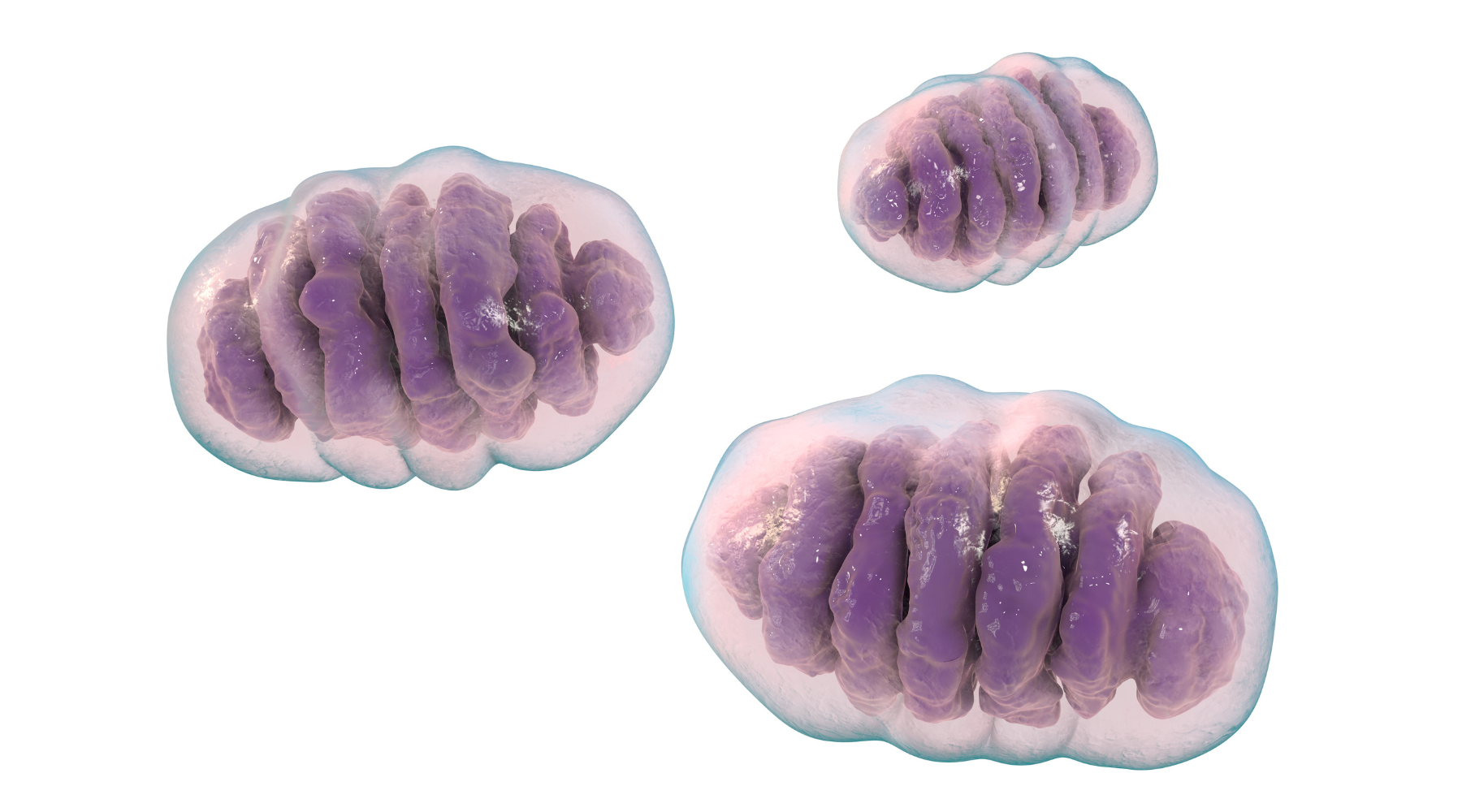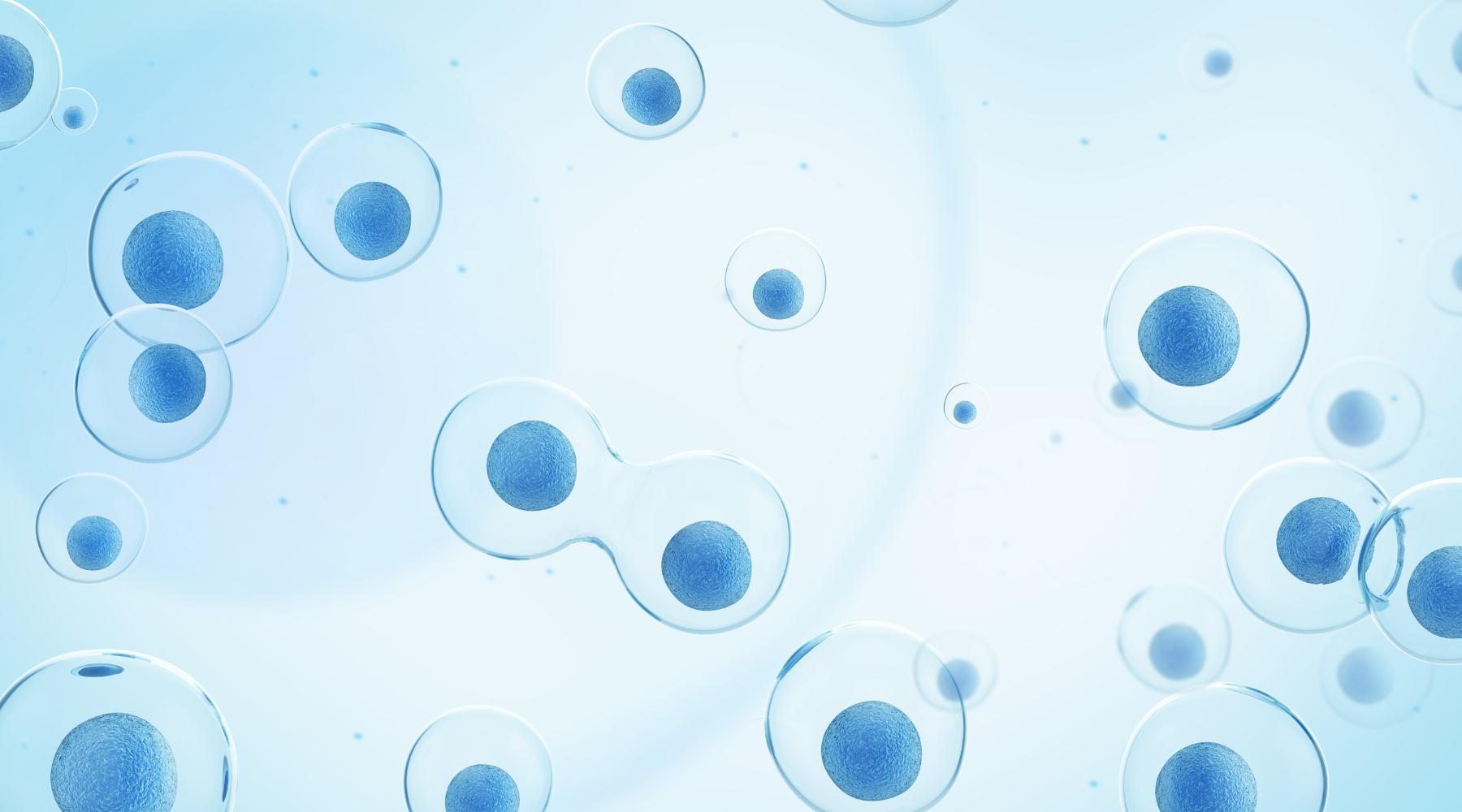Cellular senescence is the 7th of the 12 Hallmarks of Aging updated by Lopez-Otin et al. in 2023. It is also the last of the antagonistic hallmarks, so named because they have opposite effects depending on their intensity. At first, at low levels, these responses mitigate the damage caused by the primary hallmarks, but eventually they become harmful themselves.
Cellular senescence
Cellular senescence can be defined as a stable arrest of the cell cycle, which is coupled to phenotypic changes, particularly the secretion of pro-inflammatory proteins. Senescence can be triggered by reaching the Hayflick limit – the limit to the number of cell cycles “imposed” by telomere shortening (see Hallmark 2) – but it can be triggered by other aging-associated stimuli like DNA damage. The primary purpose of arresting cells in this way, as suggested by the arrest of DNA-damaged cells, is to prevent the propagation of damaged cells and to trigger their demise (death).
Accumulation of senescent cells
As we age, senescent cells accumulate through an increase in their generation and/or a decrease in their rate of clearance. It is technically very difficult to identify and characterize senescent cells in tissues and organs. But, the accumulation of senescent cells in tissues can be inferred by surrogate markers like those for DNA damage or more directly using senescence-associated galactosidase (SAGB). Studies quantifying SAGB and DNA damage in the liver found that in young mice, 8% of the tissues were made of senescent cells; in very old mice, 17% of the liver tissue was comprised of senescent cells. Similar proportions of senescent cells were found in the skin, lung and spleen of young and old mice. But, there was no change in the proportion of senescent cells over the lifetime in the heart, skeletal muscle and kidneys; this means that cellular senescence is not a property of all tissues in aged organisms.
Too much of a good thing
As suggested by its characterization as an antagonistic hallmark, senescence is, at first, a beneficial compensatory response. In younger organisms, in particular, there is an efficient cell replacement system that clears the senescent cells and mobilizes progenitors (think stem cells) to reestablish cell numbers. But, as this system is overwhelmed or exhausted, senescent cells accumulate and lead to deleterious effects, among them decreased tissue function, increased inflammation (due to the secretory phenotype), and stem cell exhaustion - all of which are known to promote aging.
The INK4a/ARF Locus and p53
Senescence is also induced by excessive mitogenic signaling, or signaling that stimulates cell cycle progression. Chief among the culprits are two proteins, p16INK4a and, to a lesser extent, p19ARF, both encoded at the same place on a chromosome, the genetic locus INK4a/ARF. Interestingly, levels of both p16INK4a and p19ARF (of the p53 pathway) correlate with the chronological age of all tissues analyzed in mice and humans. Both are hypothesized to contribute to physiological aging; though their roles are complicated. With a mild increase in p16INK4a, p19ARF, or p53, longevity is extended. But, mutant mice with premature aging due to extensive damage and high levels of senescence are rescued, to a degree, by elimination of p16INK4a or p53.
A question mark
At the time of publication, Lopez-Otin et al were not able “to give a simple answer to the question of whether cell senescence fulfills the third ideal criteria for the definition of a hallmark” or that reduction of the hallmark should halt aging. Two conceptually opposite ideas are true: moderately enhancing senescent-inducing pathways and elimination of senescent cells both have longevity effects. Now, a decade later, despite the paradoxical truths, cellular senescence has secured its position as a hallmark of aging in both the meta-hallmarks by Lopez-Otin et al (2023) and in the 2022 Copenhagen ageing meeting summary, which introduced still more hallmarks.
Current therapies
Targeting senescent cells is now an alternative therapy for treating different aging-related diseases. There are three different approaches: (1) specific killing of senescent cells by senolytics, (2) specific inhibition of the secretory phenotype (causes inflammation) with senomorphics like metformin or rapamycin, and (3) improving clearance of senescent cells. Senolytics and senomorphics are natural and synthetic therapeutics that specifically target and kill senescent cells and inhibit the secretory phenotype of senescent cells, respectively.
The final approach, improving clearance of senescent cells, can be done by improving the specific anti-senescent cell functions or generally enhancing immune function. While most of these approaches require pharmaceutical intervention, there is evidence to suggest that dietary intervention, particularly caloric restriction, can improve immune function and decrease the burden of senescent cells.
Caloric restriction (CR) and caloric restriction mimetics (CRM)
CR is a well-established intervention for reducing age-associated chronic diseases and enhancing lifespan; it typically involves reducing caloric intake by 30% to 40% while maintaining adequate nutrition. One way to do this is by practicing intermittent fasting, which is a pattern of eating that switches from fasting to non-fasting periods. Unlike a food plan, it focuses on when to eat instead of what to eat. Although, some fasting plans consider both.
CRMs are foods and supplements that mimic or induce similar effects to calorie restriction. Among the confirmed CRMs is spermidine, which has been shown to have a myriad of health benefits facilitated largely by the upregulation of autophagy.
Additional years and benefits
In addition to reducing the burden of senescent cells and increasing your healthspan, there are many benefits to CR or, perhaps easier, introducing CRM to your diet. In one study, non-obese, healthy adults who reduced their calorie intake by 15 to 25% for two years reported improved quality of life – including improved general health, sexual drive, and mood and reduced tension. They also lost an average of 7.6 kilograms of mostly body fat. Further findings from the trial also suggest improved resting metabolic rate and cognition. It may be worthwhile being a little bit hungry sometimes!
Written by: Katsume Stoneham, BSc, Molecular Biology, MA, Public Health




Leave a comment
All comments are moderated before being published.
This site is protected by hCaptcha and the hCaptcha Privacy Policy and Terms of Service apply.